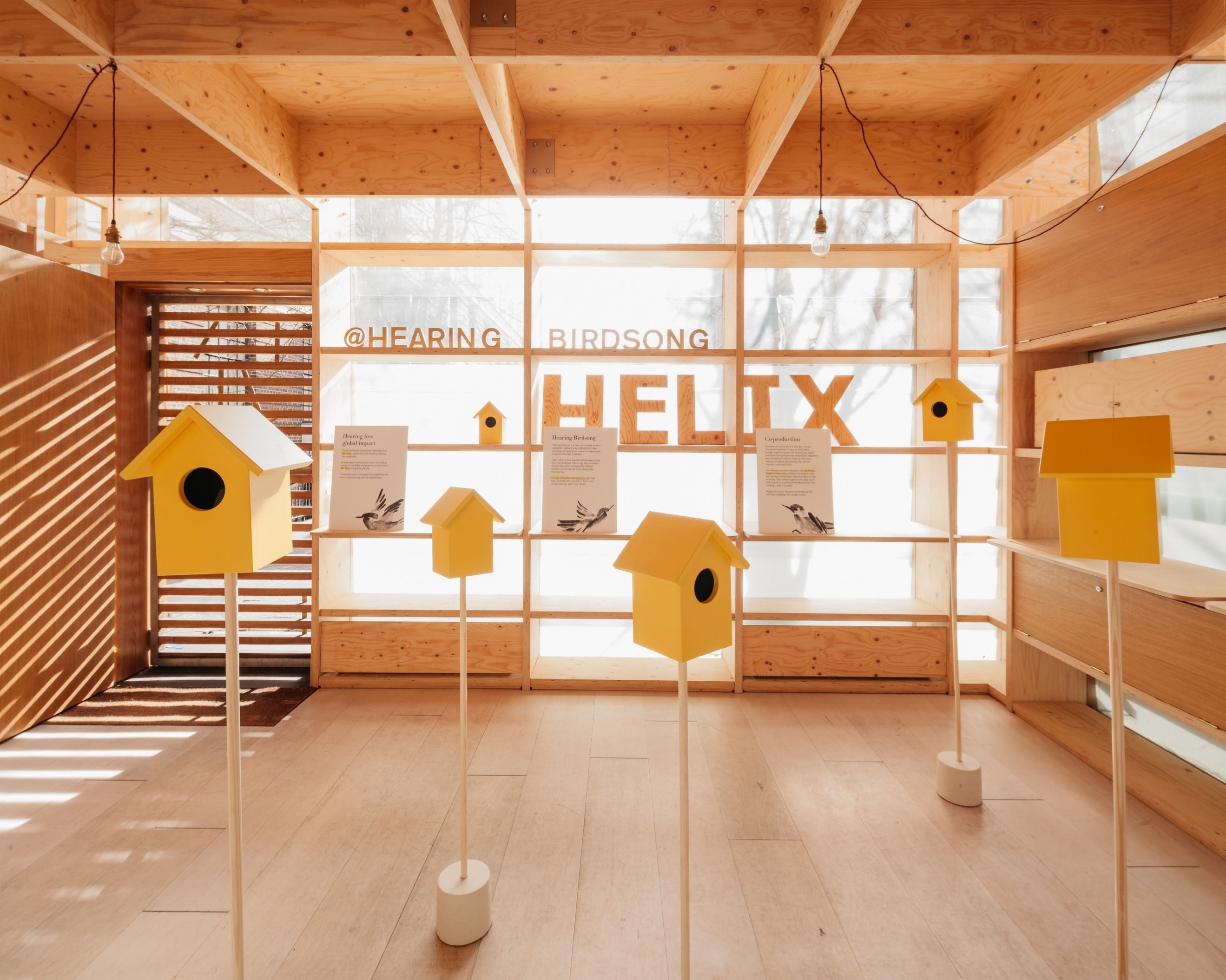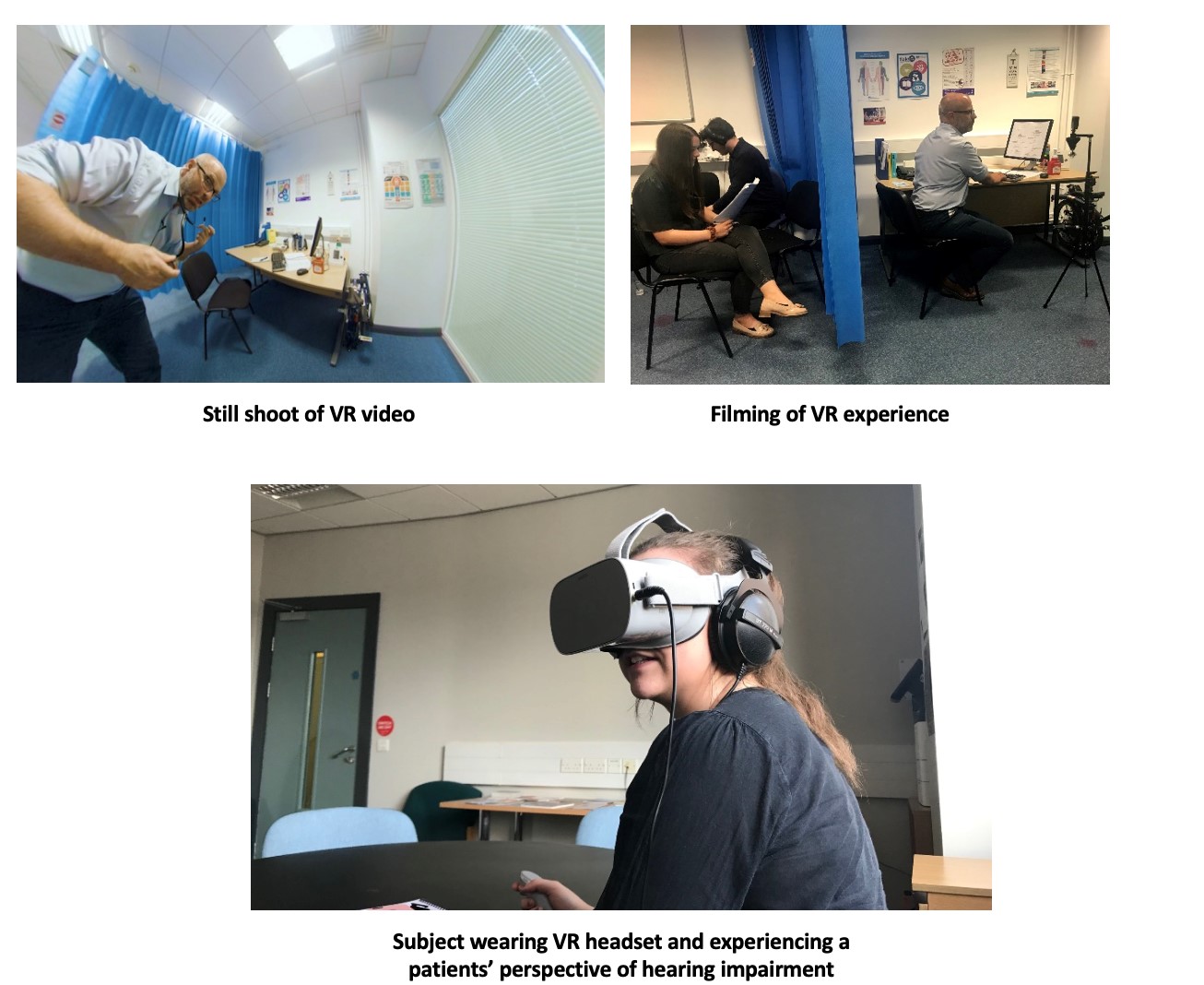Deafness and hearing loss toolkit
Examples of Innovation
North Wales Audiology Primary Care Service
North Wales Audiology Primary Care Service is an example of innovation in hearing services in primary care. The first clinics started December 2016 and over 22,000 patient contacts have been recorded since its conception. The purpose of the service is to direct patients with reported hearing loss, tinnitus and symptoms of dizziness likely attributed to benign paroxysmal positional vertigo (BPPV) to an audiologist in a primary care setting, preferably as the first point of contact.
Patients can self-refer, be triaged by trained reception staff, referred by their GP following a telephone or face to face consultation or from the Practice Nurse or other health professionals such as pharmacy or physiotherapy. The advanced audiology practitioners (AAP) currently hold specialist clinics in 39 GP practices across North Wales. A cluster-based approach is utilised in some areas and enables three or more GP practices to be covered from one location.
The audiologist has a 25-minute appointment to assess and treat, reassure and discharge, triage patients to secondary care audiology or ENT services, or refer back to the GP when necessary. The aims of the service are to reduce the demand on GP appointments by directing patients to AAPs, rather than reducing secondary care services which are still provided in the hospital. The improved integration between primary and secondary care Audiology services will assist with patient care and appropriateness of onward referrals to both Audiology and ENT.
Innovation in England - Hearing Birdsong
Hearing Birdsong is a new innovative project utilising an environment created with the sounds of birdsong to help participants understand the health of their hearing and identify any problems. It is a patient-led project that brings together art, science and technology to encourage early identification and intervention of hearing loss.
The concept was born at a two-day ‘sandpit innovation workshop’, inspired by Angela’s story of being motivated to get her hearing tested after losing the ability to hear birdsong. The ‘hackathon’ type workshop was run by the NIHR Imperial Patient Safety Translational Research Centre.
The project is led by Tom Woods (Kennedy Woods Architecture) with a diverse Steering Group and funding from the UCL Centre for Co-production in Health Research. Design engineers from the Dyson School of Design Engineering (Imperial College, London) have modulated six familiar bird calls to match the frequency bands of a traditional hearing test. Visitors are invited into a safe space to interact with the exhibition and listen to the birdsongs emitted from beautiful handmade bird boxes. For visitors struggling to hear any of the bird calls, this can be an indicator that further medical investigation into their hearing is required. Healthcare professionals will be on site for further support, of which the exact details are being defined.
The first public installation was in March 2019 at the Helix Centre Pop-Up, St Mary’s Hospital. 120 visitors attended the installation, nine people signed up for a hearing test at the hospital. The team is now working with harder to reach groups to hold the installation in diverse areas in London. They are currently developing a fully bespoke software interface with interactive elements, which is closer to a “screen” and will continue to co-produce the project with the diverse stakeholders.

Queen’s University Belfast, Ireland
‘I’m sorry but I didn’t hear that….’: developing a simulation-based hearing impairment learning experience for healthcare professional students. Living with hearing impairment, and deafness, can have a significant impact on individual’s lives and wellbeing. This is now more important within healthcare – particularly within GP consultations and the crucial reliance on the understanding of the spoken word.
Many have called for greater training of healthcare professionals in how best they interact with individuals with such communication disorders. Evidence would suggest that allowing doctors to experience what the patient feels and hears can enhance their empathy skills towards patients. An interprofessional team at Queen’s University Belfast (QUB) have been developing a VR experience - of a patient (with hearing impairment) consulting with a GP. In addition to the visual experience, experts from the Sonic Arts Research Centre (SARC) at QUB have developed a realistic aural experience of from the perspective of impairment, and also deaf charities, in developing this immersive learning experience. Currently the team are researching the impact of this education experience and look forward to sharing their findings in early 2020.
